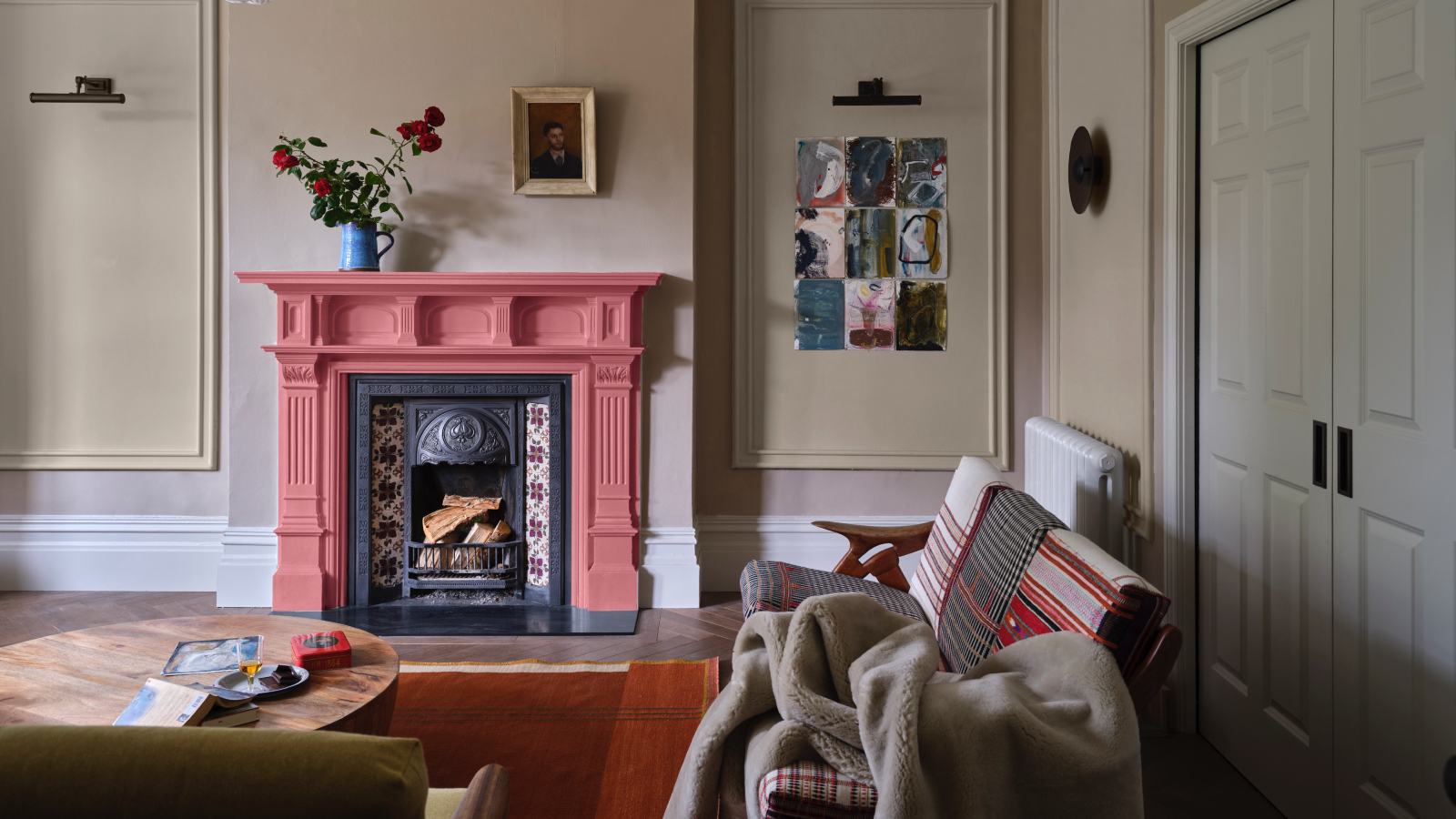
Completing a DIY project and looking down at the drywall-dust-covered floor can leave you feeling like the work never ends. It leads you to the natural next question: can I just vacuum this?
But even the best vacuum cleaners can't handle everything, and drywall dust is quite a harsh substance to be filling your vacuum with.
So, can you vacuum drywall dust? And if not, what can you do instead? Here's everything you need to know about cleaning drywall dust, whether you're knocking down walls or nailing a picture.
How to clean drywall dust
We spoke with cleaning pros and property experts to find out all the hidden tricks to cleaning up drywall, safely.
Can you use a vacuum to clean drywall dust?
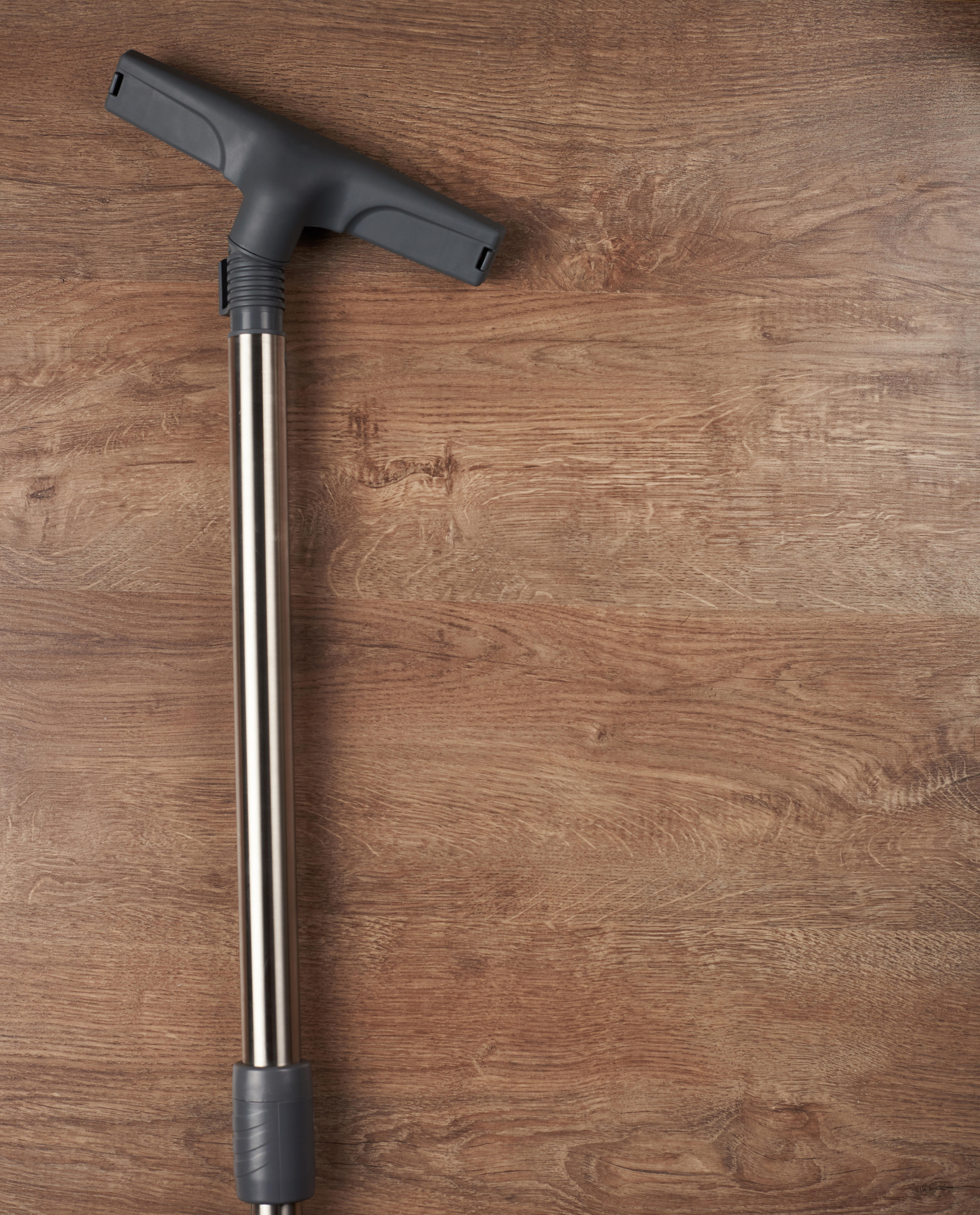
You can vacuum drywall dust, but there are factors to consider before you do so. It depends on the type of vacuum you own and the volume of dust you're looking to clean up.
'Drywall dust consists of very fine particles of gypsum and other compounds, which are much smaller than typical dirt particles your vacuum was designed to handle,' explains Taylor Riley, property cleaning expert and founder of Boom FSA.
The better the vacuum filter, the finer the particles it can capture. So, to be able to vacuum up the super-fine particles found in drywall dust, you'll need a vacuum cleaner with a HEPA filter.
'Most household vacuums, unless equipped with HEPA filters, are not designed to trap these smaller dust particles,' Taylor warns, highlighting the danger of your vacuum losing suction power. 'Therefore, if you plan to use a vacuum, it’s essential to choose the right one.'
First off – a HEPA filter is a must. This high-efficiency filter type can be found in many of the best cordless vacuums and best upright vacuums, and a filter has to pass rigorous, standardized testing to be able to be labelled as 'HEPA.'
But as well as a HEPA filter, you'll need the vacuum itself to be a sturdy one, too. A wet/dry vacuum (also referred to as a shop vac) with a HEPA filter is perfect for this job, and they can be relatively inexpensive too.
'Their filters are designed such that they capture extremely fine particles like drywall dust without allowing them to be released back into the air,' says Maria Anderson, cleaning and organizing expert at Heinfield Storage.
'They are also often built a little sturdier which makes them easier to handle the abrasive nature of drywall dust, [and] their robust construction ensures longevity and effectiveness,' she adds.
If you don't already own one, here's what we recommend to best tackle drywall dust:
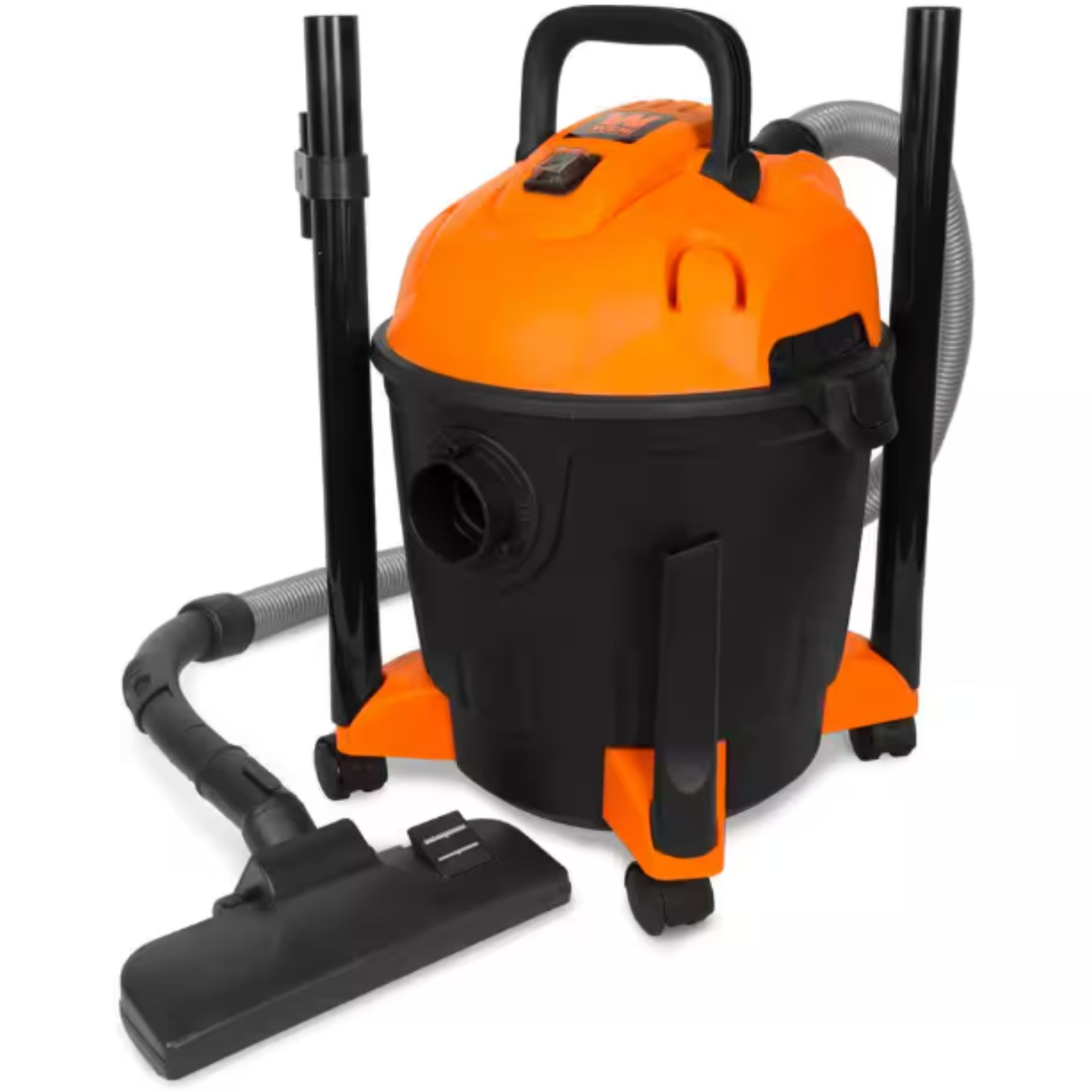
To stay on top of small messes, this portable wet/dry vacuum from WEN is portable, so can go where the mess goes. It uses a HEPA filter and is compact and lightweight.
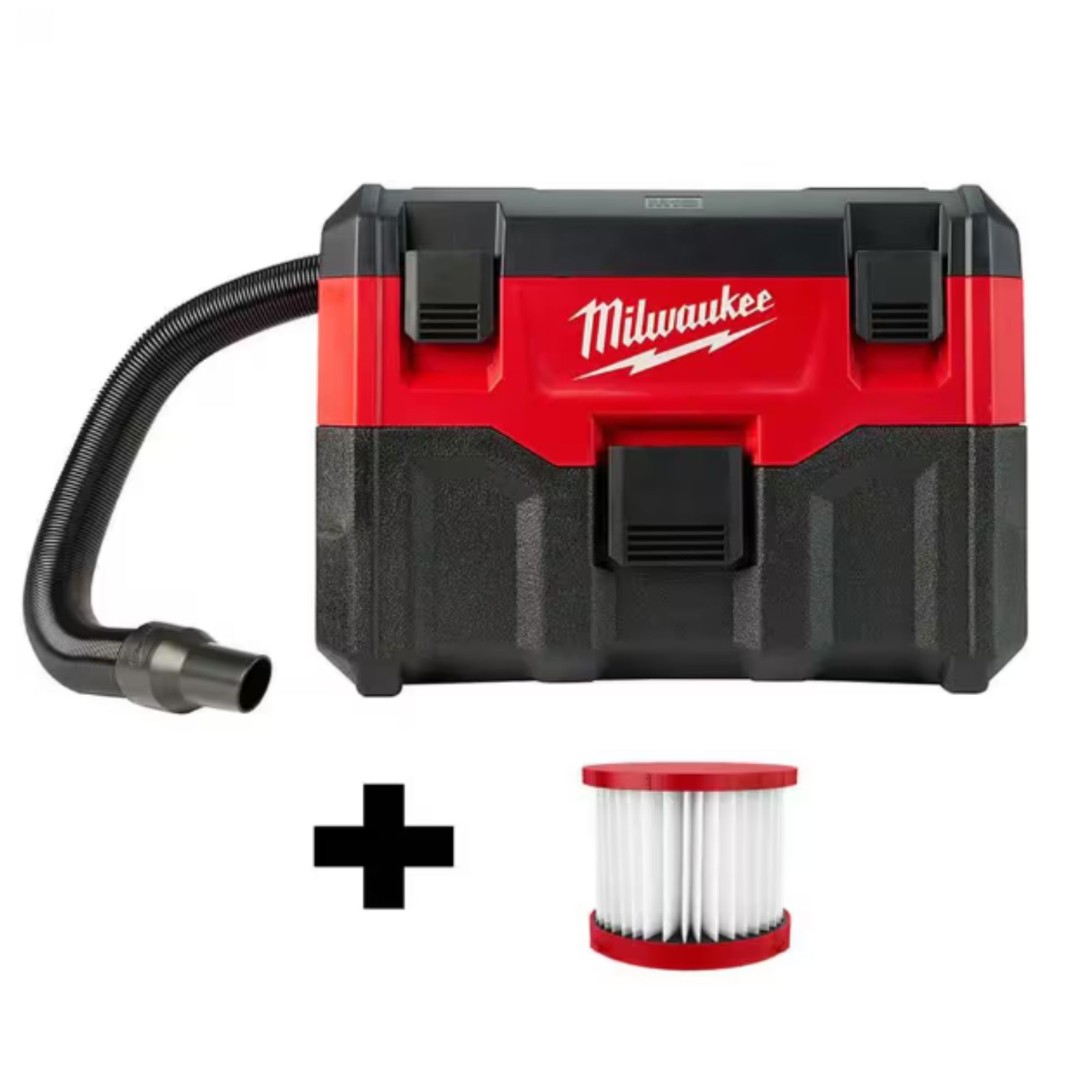
Ideal for all sorts of wet and dry messes around the house, including home projects that involve drywall dust, this Milwaukee wet/dry vacuum and its extra HEPA filter can tackle it with ease.
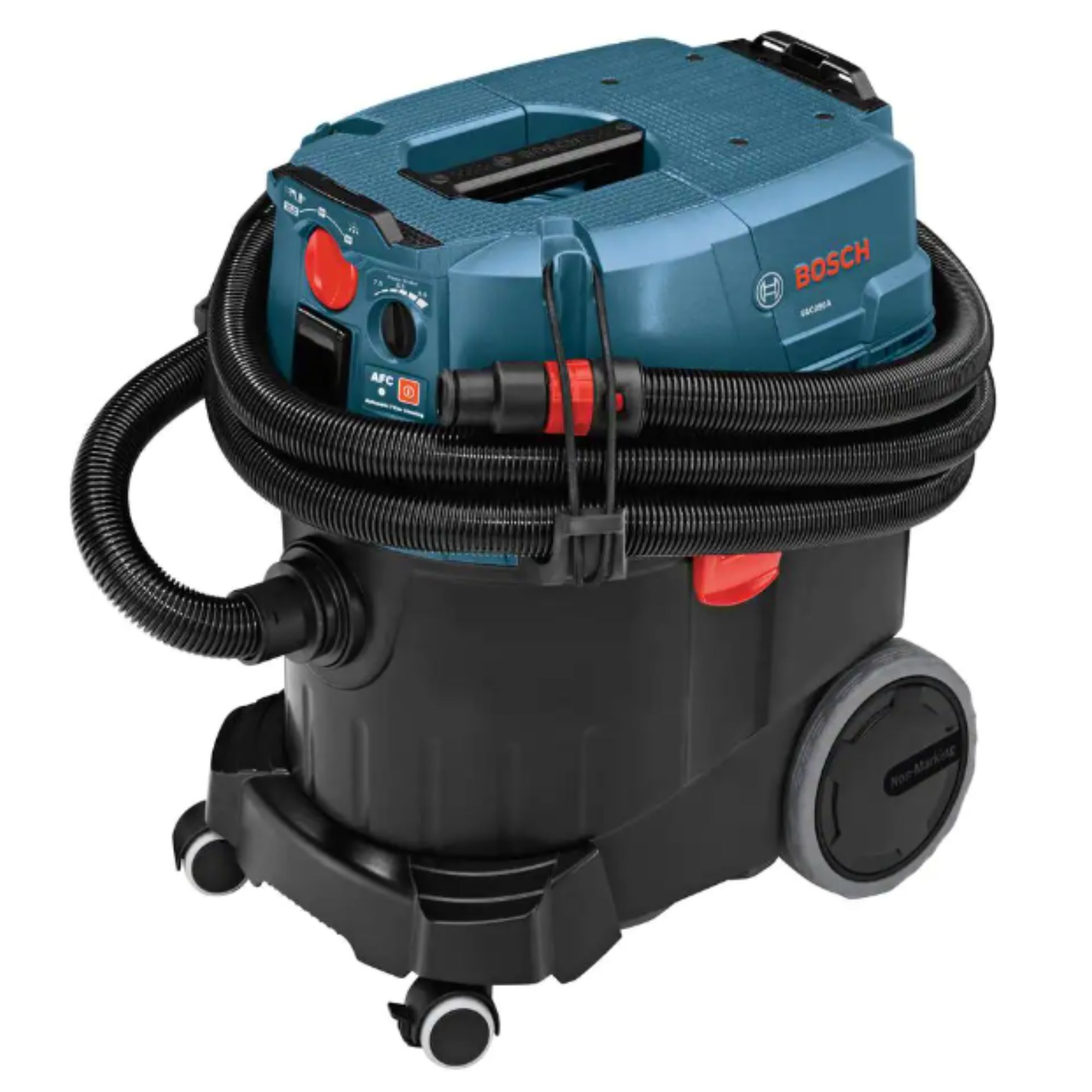
This corded Bosch wet/dry vacuum is the type to invest in if you're regularly needing some serious cleaning power. Its rugged design will cover home renovation, wet spills, and daily use around the house. It also has a nine gallon tank and can automatically clean the filter.
How else can you clean drywall dust?
If you don't own a durable vacuum with a HEPA filter, and you're not in the market for an upgrade, there are other ways to tackle the mess left behind by drywall. Once again, the best technique depends on the type of mess you're creating as Al Ruggie of ASAP Restoration, puts it, 'It’s a project dependent question.'
'If you are going to make only a screw or nail hole to put up some art, then the best method is to take a sticky note, fold it to make a double ridge out of the not-sticky end, and then place the sticky end below where you plan on putting the screw into the drywall,' Al recommends.
Sweeping the dust up with a broom is a simple but effective method, that can be followed by mopping your floors the right way. Sweeping will remove the larger debris while a mop should be able to pick up the smaller particles and sanitize the surface.
'If you have multiple walls that need drywall removed and replaced, then you should either set up a containment unit with plastic sheeting,' Al suggests. 'Then set up an air scrubber and filter all of the negative air pressure inside the unit.'
'Since most people aren’t going to go to extremes like this, you might also just want to hire a professional that specializes in dustless demolitions. It’s a more expensive process than a normal demolition job, but that can be worth it for the cleanliness factor and the peace of mind.'
Air scrubbers (available at Home Depot) are expensive machines, and likely won't get much use once your home renovation is finished. This is why it can sometimes be more financially-responsible to hire a professional.
Next, consult our first-time renovator's guide, learn these sustainable home renovation tips as well things you shouldn't clean during a remodel.







